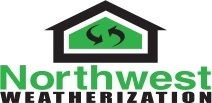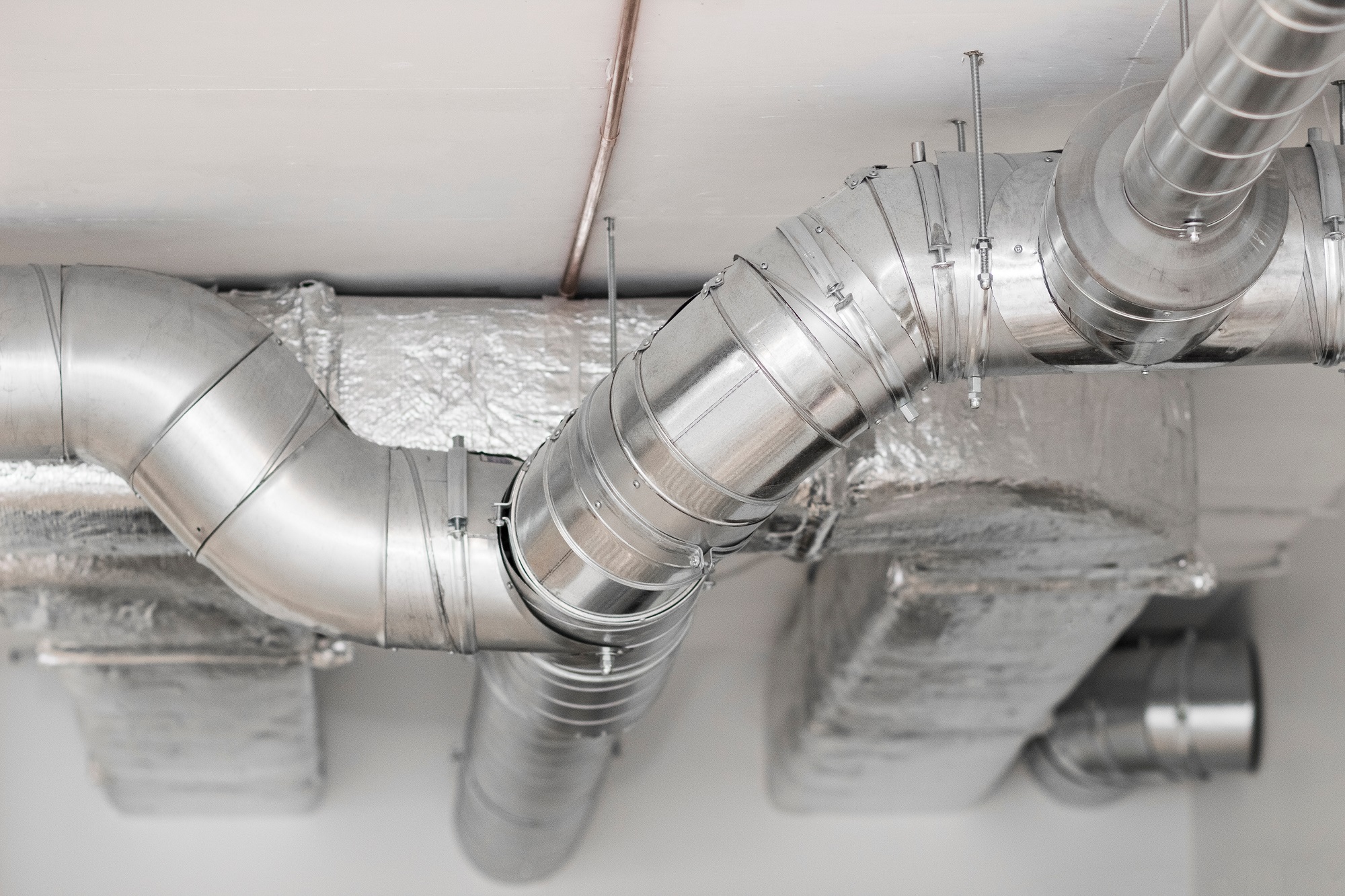Heating and cooling your home efficiently is no small feat. Taking time to check for potential leaks in your heating and cooling systems is essential for creating ultimate home comfort with optimal efficiency. A leaking air duct system could mean that all the air you’re working to heat or cool is going to waste, creeping into your walls and attic—places where comfort isn’t a concern. This affects your comfort level and impacts your wallet, too: it’s wasted energy that ends up costing you money. You may need to call an expert for air duct sealing.
Causes of Air Duct Leaks
The structural integrity of duct materials is integral for proper airflow, and any interference can cause immensely damaging duct air leaks. Therefore, it’s important to be mindful of these issues to prevent costly repairs down the line.
Your HVAC system is getting old
Over time, the duct system in any home experiences a great deal of strain through wear and tear. This can come from various sources, which increase over time as temperatures fluctuate, humidity levels rise, and air circulation creates unwelcome vibrations. While wear and tear is a natural part of the life cycle for all elements around the house, it’s essential to keep an eye out for signs that it is beginning to affect the duct system before it develops into something more serious.
You have broken seals
Properly sealed duct sections are key to efficient and effective HVAC systems. Without connection seals, the air is lost, and energy efficiency drops as it works harder to reach consistent temperature setpoints or maintain humidity levels. Mastic and metal tape are used interchangeably to seal the connection between each duct section, providing an airtight bond that significantly reduces energy loss.
Your ductwork is loose or detached
Properly fitting ductwork is crucial to air conditioning efficiency, providing optimal airflow and resulting in cost energy savings. Each segment must fit snugly together, especially at joints and elbows. Unfortunately, when a portion of the ductwork becomes disconnected, nearly all of the conditioned air will be lost–not to mention the energy bills! For these reasons, it pays to ensure your ductwork is up to par and properly fitted.
There is a problem with your zone pressurization
Inside our homes, rooms and areas can create pressure differences that cause air to pass through ductwork and out into the atmosphere. Not only does this wasted air carry with it a significant portion of your energy costs, but in addition, circulation can already be limited when dealing with inadequate supply or return ducts and the lack of enough return registers. It is important to understand, then, how the different pressures build up and are distributed throughout your home in order to take steps toward eliminating air leakage if necessary.
Signs of Air Duct Leaks
Your home’s health and safety largely depend on its duct systems’ efficiency. Without periodic inspection, you may be missing telltale signs that you have a leaky duct system. Common indicators include the following:
Your A/C unit is not properly keeping your home comfortable
If your home’s A/C runs for hours and barely brings down the temperature inside, it’s time to check things out. A well-functioning A/C unit should bring the internal temperature of your home to a reasonable level within minutes. The culprit could be anything from a broken condenser fan motor to low refrigerant levels or a faulty thermostat; if any of these parts are damaged, your A/C system will require professional duct repairs or replacement.
Some rooms are colder than others
Cooling your home may be challenging when dealing with uneven temperatures across different rooms. Turning on your air conditioner system should send roughly equal amounts of cold air throughout your home – allowing for a consistent cooling experience. If certain parts of your home won’t cool down, the culprit could be unseen leaks in the air ductwork. Over time, these leaks can cause cold air to escape without reaching the rooms it needs to get to keep steady and comfortable temperatures. These issues can be solved easily with an inspection and some repairs.
Your energy bills are higher than normal
Substantial increases in energy utility bills can often be a sign of an HVAC issue. When air ducts start to have leaks, they will let conditioned air into the basement, attic and other areas that don’t need it. In effect, these issues lead to greater energy consumption by your HVAC system and more money out of your pocket.
The indoor air quality is poor or dusty
Leaky air ducts can have a strong, negative impact on your home by increasing the amount of dust and allergens present. Not only does this make breathing difficult for family members who suffer from allergies or asthma, but leaky ducts can also draw outside air into your home and air from places like basements and walls containing potentially hazardous fumes from stored products or materials. This is why it’s important to keep an eye out for leaky ductwork and address them quickly and decisively. By properly sealing your ductwork, you can reduce the dust levels in your home and prevent harmful fumes from entering it, protecting your family’s health.
Call Your Local HVAC Air Duct Experts for Sealing Leaky Ducts
When Northwest Weatherization comes to your door, our experts ensure that the toughest part of duct seals gets done correctly. First, we ensure two pieces of metal ductwork are held together with at least three sheet metal screws. Then our technicians go through and ensure they’re all properly supported, and any seams, cracks, gaps and joints in the ductwork get a nickel-thick layer of duct mastic to seal them against air leakage. Our experienced professionals handle every job efficiently and thoroughly – don’t wait: contact us today for your duct sealing service needs!
Visit our About Us page for more information about our company.

